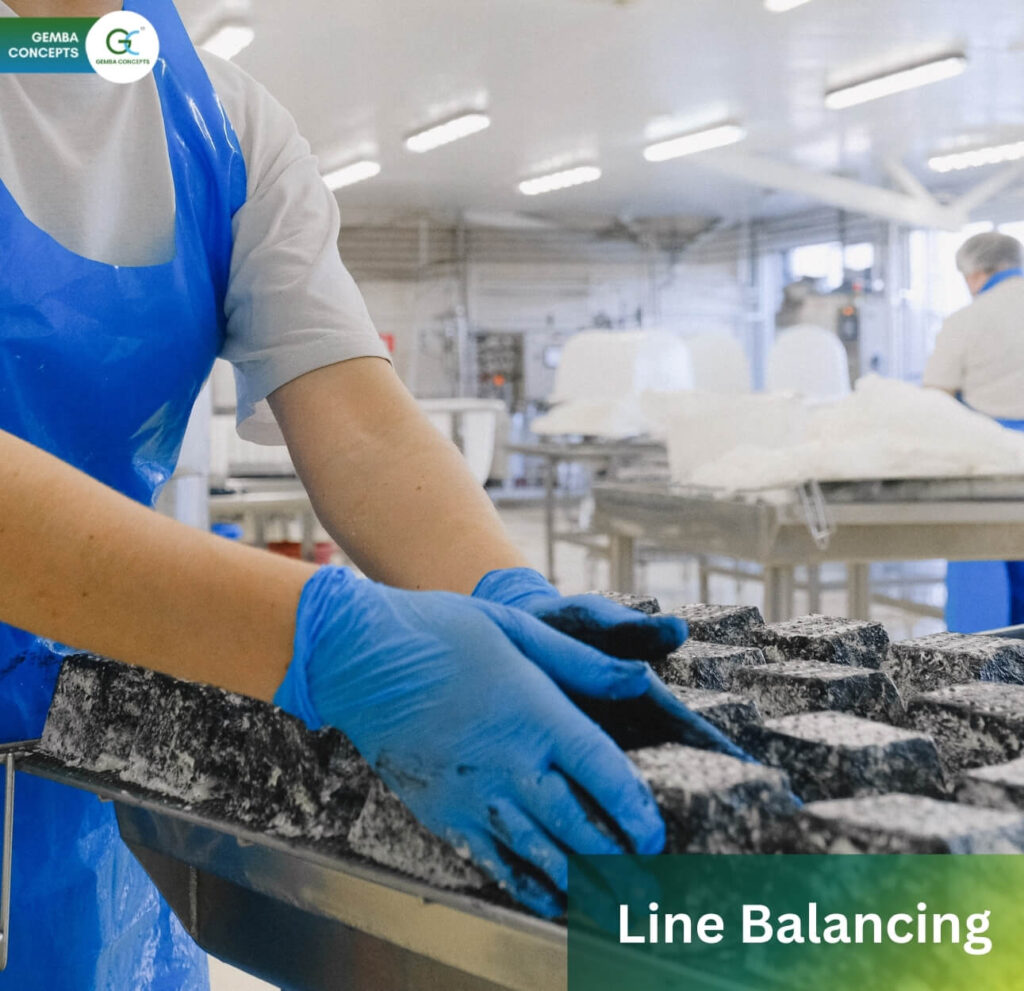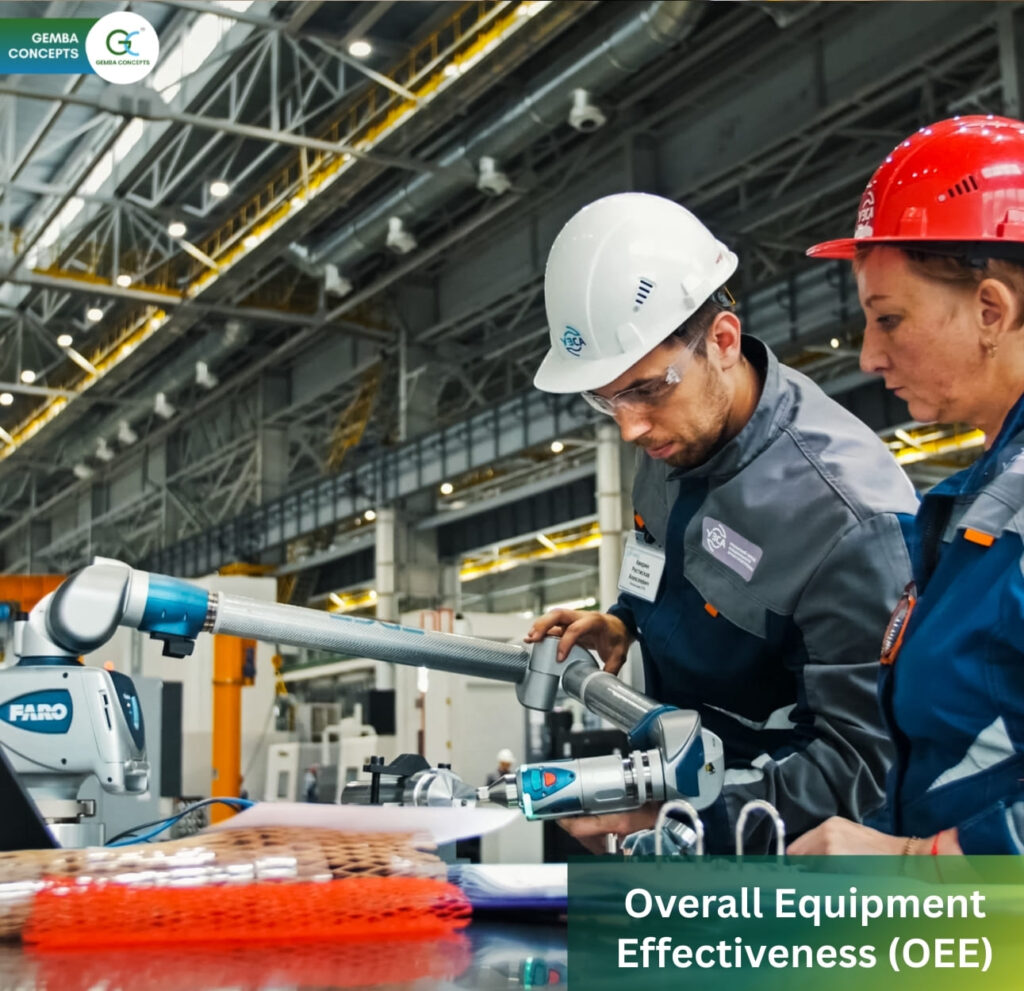
Steps Involved with Gemba Walk
- Set a goal
Set a reason to go to Gemba so it’s clear what to look for. Examples include opportunity discovery, waste identification, maturity assessment, or root cause analysis that focuses on a specific performance gap, customer complaint, process delay, product failure, or nonconformity. Define Why!. The more precise the intention, the more effective the Gemba Walk. - Prepare your Team
To make people feel comfortable and open to future communication, explain how the Gemba Walk works, what is expected of them and how they will benefit from the outcome. Depending on the purpose and scope, Gemba Walk is done either by an individual or by a group. When assembling the team, identify key stakeholders (who need to participate) and keep the invitation open for others to join, learn and contribute. They can offer new perspectives and identify problems and opportunities that their peers may miss or are used to. - Focus on process, not People
The goal is to observe, understand and ultimately improve processes and systems. Gemba Walk is not about finding fault with an employee’s performance. However, if someone is found to be making a mistake (wrong thinking) or mistake (wrong or omission), do not blame or punish them. Be curious and dig deeper to find the root causes. - Be where the value stream is
The upstream in the value chain, including all critical processes, teams, changes and locations. When conducting a root cause analysis, include all people and processes that may affect the problem in the investigation. Always involve the people who know these areas best, such as supervisors and chief operating officers, to ask for their feedback and make sure hot spots are covered. - Record your observations
A typical Gemba Walk involves 10-20 processes x 10 observations. This and 100-200 observations will not be remembered unless you document them. Use a traditional laptop or phone or tablet. The latter offer note-taking programs with a dictation function and voice-to-text conversion. These programs allow you to add photos and videos for effective tracking. Last point: consider personal spaces and privacy rules; always explain the reason and ask for permission before taking a photo or video. - Have an extra pair of eyes
The main purpose of the Gemba Walk is to learn, not to change anything yet. It is an opportunity to observe, not to act. It stands for “Planning” Step in the improvement cycle PDCA (Plan-Do-Check-Act) and “measurement” step in the improvement process DMAIC (Define-Measure-Analyze-Improve-Control). After discussing the results with stakeholders, only then decide on the next steps, which is “Do” a PDCA phase and an “Improve” DMAIC phase. - Follow up
After the Gemba Walk, share your knowledge and communicate the next step, which represents the planning part of the PDCA cycle. Complete the cycle by doing something new or different confirming its effect and adding improvements, creating real value from the Gemba Walk. By closing the PDCA loop, people see that their voice matters and that things get better when they participate and give useful answers. Going to Gemba not only helps managers and teams solve problems and make better decisions, but also monitor changes in operations and ensure they produce the desired results. Do it every day! Because by walking the floor, checking work status, human availability, machine health and process performance, it helps you identify deviations early before they grow into bigger problems, ultimately saving you time in problem solving and performance management.
5 golden rules of Gemba management
- When a problem arises, the first step to take is to go to Gemba.
- Check the Gembutsu (“relevant objectives” such as scrap, broken machines, returned goods)
- Perform temporary actions.
- Find the root cause.
- Standardize to avoid recurrences.
- 3 P’s of Gemba
When performing a Gemba walk, it is important to remember the “3 P’s of Gemba” to help guide the process. The 3 P’s of Gemba are Purpose, Process, and People.
Purpose
One should fully understand the purpose of the Gemba walk.
Process
It is important to have continuous monitoring and assessment of the Process. Understanding if the workflow is streamlined or if there is any disruption in the process
People
The people are the ones that make or break any Lean process. During a Gemba walk, it’s imperative to discover whether there is buy-in and trust between the workers on the project. Interact with the people on the job at all levels of operation and ask them questions about what they’re doing and why they’re doing it. Foster an environment where sharing is encouraged and where anyone can step up to become a leader.
Citation:
Link: https://leanconstruction.org/lean-topics/gemba-walk/
Link: https://www.thinkleansixsigma.com/article/gemba
Linkedin Page: Industrial Knowledge



